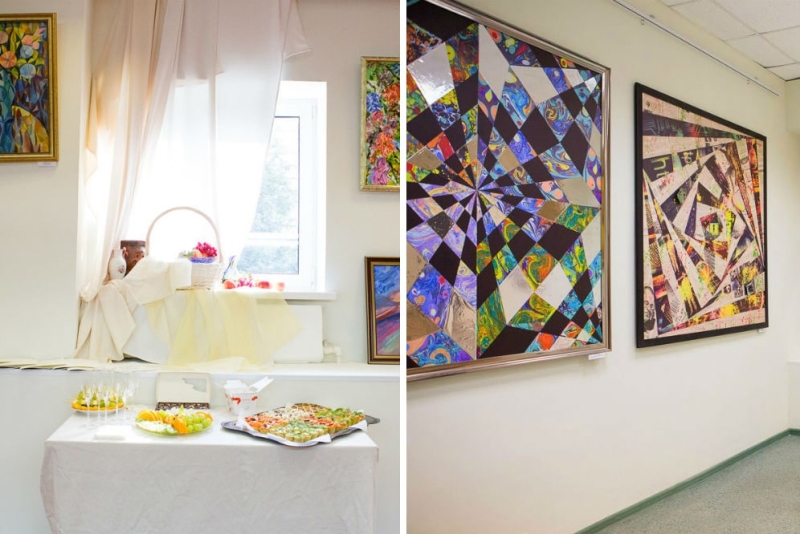
Piazzas and duomos, signorinas and senoras, pizzas, pastas, gelato, wine, cheeses. There are many plans, but the budget is limited, especially with the current ruble exchange rate. But it is not all that bad! We tell you how to save money on an Italian trip.
GENERAL RECOMMENDATIONS
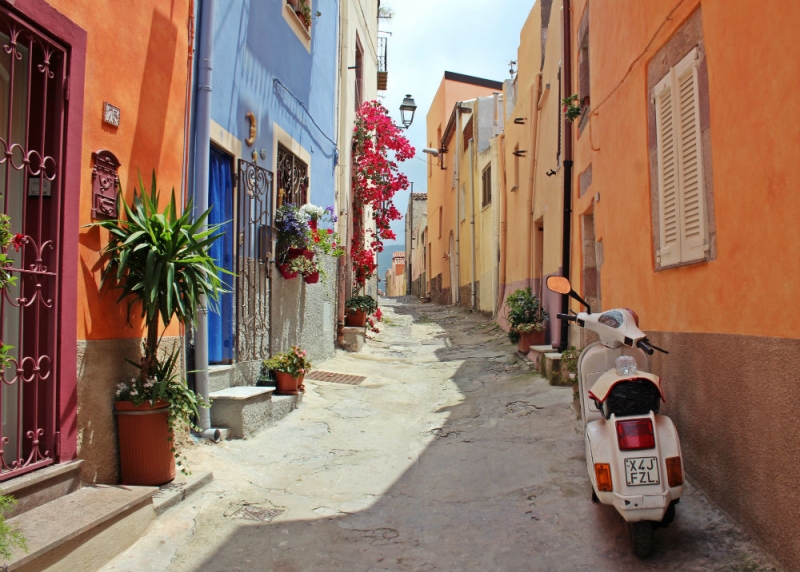
Carry cash and use a multi-currency card
Universal advice for everyone traveling to Europe – bring euros with you. Withdrawing money from a card is not the most profitable option: they may charge a percentage for using an ATM from a bank other than yours. And it’s better to travel with a multi-currency card, in this case there will be no interest on conversion to euros.
Don’t forget about the sleep tax
“You still have tax,” they say at the reception. Stop, how? After all, you paid for everything. But no, in Italy there is a city tax for accommodation for tourists. Moreover, it differs not only in different cities, but also in hotels depending on the star rating. For example, in hostels you will pay from 1.5 to 3 euros per night, in three stars – 3-4, in five-star hotels – from 5 to 7 euros. Before booking, check on the website whether tax is included and what it is.
FOOD
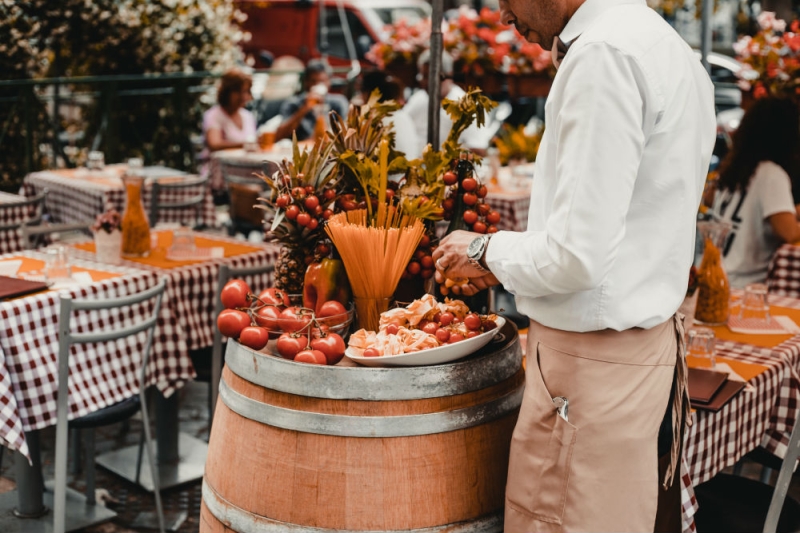
Shops for locals
Like us, in Italy supermarkets are expensive and more budget-friendly. The latter have products of their own brands, for which prices are even lower. If you want to save money, look for signs for Lidl, Coop and Penny Market. There are usually very tiny mini-markets in the center, but if you want a large selection, you will have to go to a supermarket somewhere closer to the outskirts.
Your own cook
If you have an apartment with a kitchen or a hostel, cook yourself. This is a wonderful way not only to save money, but also to taste local products, and of excellent quality. Buy homemade pasta, artichokes, prepare a light tomato sauce, chop tomatoes and mozzarella, melon and prosciutto, grab a bottle of prosecco – dinner is ready. And it will cost much less than in a restaurant.
Water balance
Italians drink tap water, and it’s easy to bring a bottle with you that can be refilled at the hotel or drinking fountains. There are many of the latter on tourist streets and near attractions. If there are no unnecessary signs on the fountain, the water is safe to drink. But if you see the inscription “Non potabile”, pass by: such fountains contain industrial water.
Healthy snack
Go to the local market – mercato (just type this word into Google Maps or find it on the city map). Each seller will be happy to offer you their goods: cheese, prosciutto, fruits, vegetables, nuts. You can try for free, and the quality of products in the markets is usually very high.
Secret places
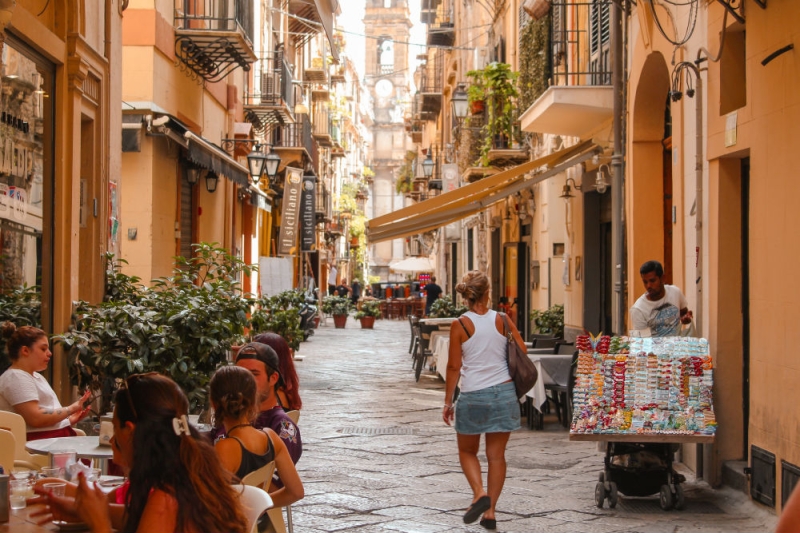
No matter how much you would like to eat pizza with a view of the Pantheon or pasta in front of the Duomo, you shouldn’t do this. 99% will be tasteless and 100% expensive. And never go to places where the waiter invites you. And if they also offer a Russian menu, definitely run!
All the best is hidden in courtyards and nooks. Go for conversations in Italian and laughter. Better yet, ask the locals where to eat.
Invaluable service
In many restaurants, especially in tourist areas, there is a percentage for service and maintenance – coperto, which can reach up to 12%. It depends on the popularity of the restaurant and even on the time of day (usually higher in the evening). If you don’t like surprises, ask the waiter in advance about additional fees. But keep in mind that for coperto you will most likely receive a basket of fresh bread and local olive oil.
Nice bonuses
There is always a queue at popular cafes and restaurants, loved by locals. It is better to book tables in such places in advance. And here’s a secret: sometimes, when you book a table through the TripAdvisor portal or app, you can get a discount of up to 30% or a compliment from the restaurant.
Quick coffee
If an Italian wants coffee, he goes into the establishment and drinks a cup of espresso or cappuccino right at the bar. Otherwise, you will have to pay coperto, and coffee will cost many times more.
Don’t forget to have a snack
An aperitif is not just about stopping in and having a drink before dinner. In many cafes and bars in Italy this is a whole sacrament. With your ordered drink you get different snacks or even access to the buffet. Usually the aperitif is announced at stands in front of the cafe or you can check with the waiter. In Rome, Florence and Milan, an aperitif + buffet can be found for 9–11 euros, in Genoa for 8 euros, and in Naples for 6–7. Usually this menu includes nuts, bruschetta, mini-pizzas, olives, sliced cheeses, prosciutto or vegetables.
Morning in Italian
Have breakfast like an Italian – nourishing, budget-friendly and aesthetically pleasing. No scrambled eggs, sausages or sandwiches with cervelat. Instead, a cornetto is the Italian equivalent of a croissant, but sweeter. Also, when locals talk about cornetto, they mean breakfast. In many establishments you will see: coffee and “croissant” with fillings. It will cost up to 3 euros, and in local places even up to euros.
TRANSPORT
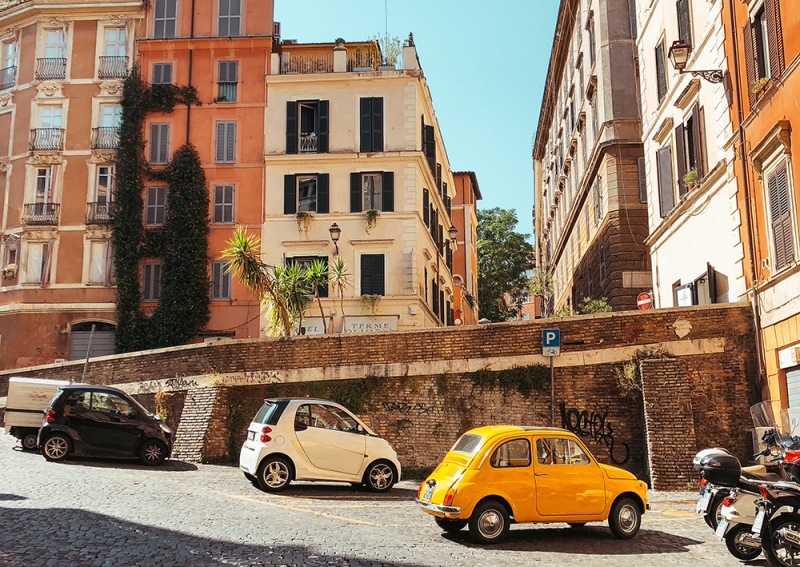
Round-trip ticket
If you arrive and depart from the same airport, then buy a round trip transfer immediately online. So, for example, a bus to Rome costs 5.80 euros, and there and back – 9 euros (Terravision company). With the money you save you can buy gelato.
Walking tour
Walk around the city. Italian cities are not so big, you can easily move around them on your own two feet. As a last resort, use public transport. One trip costs about 1.5 euros, you can make transfers within 100 minutes. Or buy a 1-day pass for 7, 2 days – 12.5 and 3 days – 18 euros per person. Taxi and even Uber will put a significant dent in your pocket.
Adventures on the Bus
If you decide to travel around Italy, do not rush to buy train tickets. Yes, they are fast enough, the views from the windows are breathtaking, but the prices are steep. There is a wonderful company called Flixbus, whose buses will deliver you anywhere, cheaply and no less comfortably. You can also use the services of Blablacar and ride with the locals.
Attractions
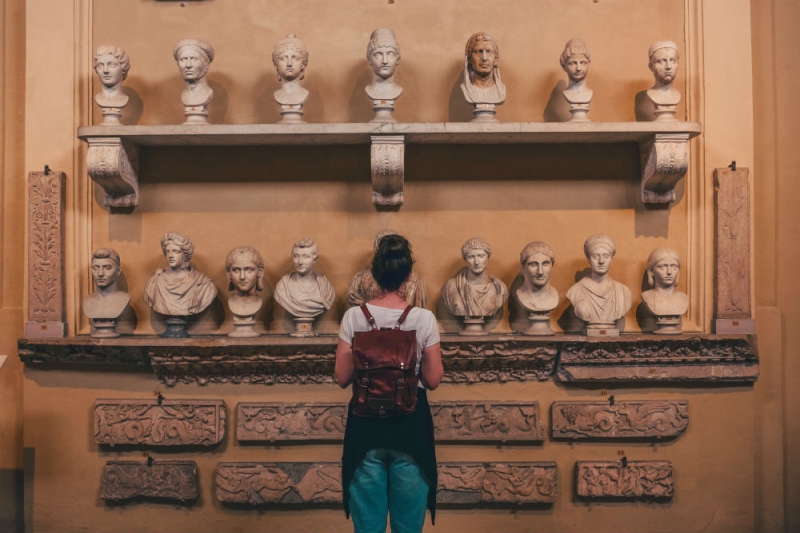
Free guide
I would like to know more about the city? No tents with the words “Excursions” in Russian! Every city offers free guided walks every day, search the Internet for queries like “Roma free tour” or “Napoli on foot”.
A real tourist
If you have big travel plans with visiting all the sights in a short time, we recommend that you immediately think about saving time and money. Buy tickets online on websites. You can’t imagine how much time and nerves the queues at popular museums will cost you.
You can also buy a tourist card for 1/2/3 days, which will give you the opportunity to enter the main museums of the city almost without queues. And for some museums you can buy a single ticket. For example, a ticket to the most popular Roman Colosseum also gives you the right to enter the Forum and the Palatine Hill. The latter’s ticket office is located literally a hundred meters from the Colosseum, and there is usually no queue there.

